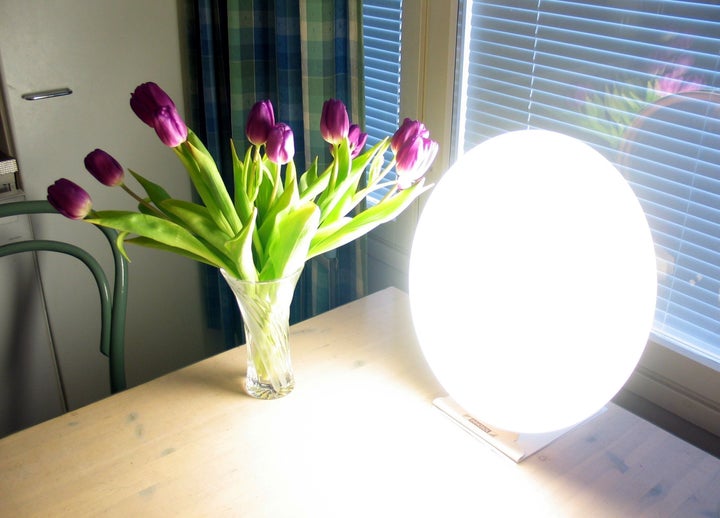
If you like daylight, then you won't like Friday. Today, Dec. 21, 2012, marks the winter solstice or -- to get specific -- the time at which the sun is appearing at noon at its lowest altitude above the horizon. Generally speaking, it's the shortest day of the year, with the sun set to rise at 7:24 a.m. and set at 4:53 p.m.
As winter gets underway, and the hours of daylight fade, it's not unusual for people to begin feeling sad, tired or moody. These symptoms are signs that you may be experiencing seasonal affective disorder -- or SAD, a type of depression that usually occurs during the winter. Indeed, as many as one in five Americans have SAD, and 75 percent are women, according to the American Psychiatric Association.
What causes SAD? Sunlight enters the brain through the eyes, stimulating the production of a neurotransmitter, serotonin, that supports nerve cell functioning, including mood, according to the Mayo Clinic. Less light results in lower serotonin levels. Darkness prompts the production of melatonin, which promotes sleep. It's the combination of less serotonin and increased amounts of melatonin that results in SAD.
"There are many people who experience winter blues. However, there are those who are experiencing more serious symptoms," said Dr. William Weggel, a psychiatrist at the Mayo Clinic who sees patients in Wisconsin. "The good news is that in most cases, we are able to find a treatment plan to help the patient through the winter months."
Symptoms include sleeping too much, overeating, loss of energy, social withdrawal and difficulty concentrating. People in northern climates are more likely to experience SAD. While many people experience some elements of SAD, Mayo Clinic psychiatrist Dr. Mark Frye, a psychiatrist at the Mayo Clinic., says you should seek professional help if your symptoms begin to affect your ability to perform at work or take a toll on your personal relationships. Seeking help is particularly important if you begin to feel hopeless or have thoughts of self-harm, he says.
Frye offers these tips to keep your mood and motivation steady throughout the winter:
- Get outside. There is no substitute for natural light. If you work during the day, try to go for a walk during a break or lunch.
- Light therapy boxes can help boost your mood when you're unable to get outdoors.
- Get regular exercise: at least three times a week for 30 minutes.
- Stay social. Interact with family and friends regularly.
Huff/Post50 asked readers what they do when they get a bad case of the winter blues. Find out some of their responses in our slideshow. And feel free to add your own ideas in comments.
